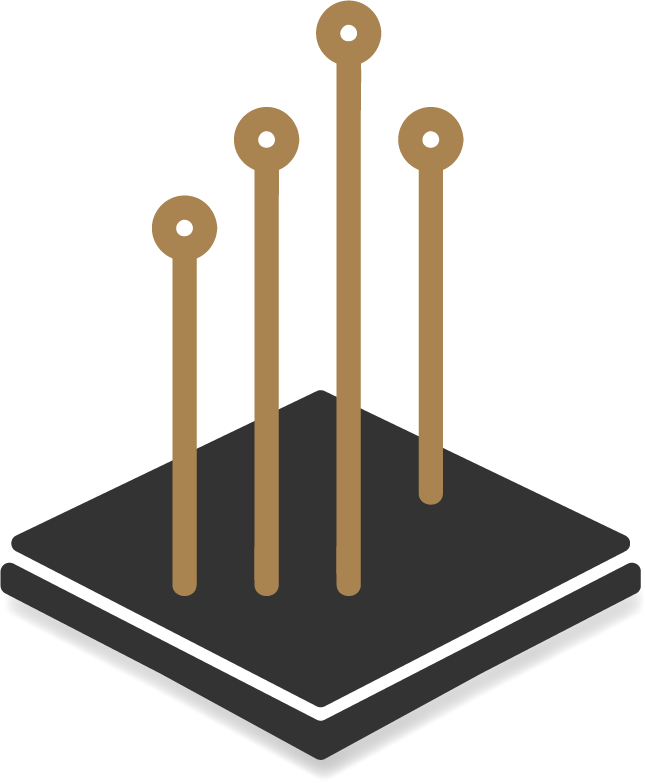Ep.10: How Joel Murphy went from visual artist to electronics design engineer
Welcome to our 10th episode of the podcast! Not only is this our 10th full episode, but we also have recently surpassed 1,000 episode downloads.
As a thank you to all our listeners we're giving away $100 of credit to ten people that can be used on PCB assembly of any future CircuitHub order.
Rules:
Send us a tweet (or a LinkedIn post if you don't have Twitter) letting us know something that you've enjoyed or learned from the show so far.
Make sure to mention both @CircuitHub and @WAssembly.
The credit will be rewarded to the first ten posts.
Credit can only be used towards assembly (not parts or bare boards).
On this episode we talk to Joel Murphy, an electro-mechanical designer and fabricator with 15 years of hands-on experience in the design of products and small scale production tooling. He's also a huge advocate for the Open Source Hardware movement, founder of Flywheel Lab, OpenBCI and more!
We had an awesome time chatting to Joel about how his work as a visual artist has enabled him to find a creative approach to problem solving in the electronics engineers and programming space that most engineers typically wouldn't think of.
Show notes:
Joel's background:
He started out making jewelry and small metal objects and later moved into making kinetic sculptures.
He started using different motivational forces for his sculptures including wind and gravity. Over time he started introducing more motorized things into his sculptures. His introduction into electronics began using relays to control different parts of the machine.
He became a physical computing professor at Parson's School of Design in New York.
We chat Joel's experience getting electronics made:
Flywheel Labs - "I do cool shit for other people"
Having the mindset of an artist rather than an engineer has helped him find workarounds to problems that people normally wouldn't even think of.
World Famous Electronics - maker of the Pulse Sensor
Joel's advocacy of the Open Source Hardware movement:
Being able to learn from open source designs has helped him become a better engineer.
Relationship between patents and oshw - how they work in cooperation or opposition
Je credits OSHW to allowing him to get where he is in this field
Open BCI - Open source brain computer interface, open source EEG machine
Disadvantages of OSHW
Joel also recently contributed to the MIT E-vent emergency ventilator project.
Regulations around building life saving devices.
We go into importance of communicating with your manufacturer special considerations and expectations you may have - real people who want to do a great job are behind building your stuff.
If you have questions about components call the distributor or part manufacturer directly, they want
Pet peeves:
Bad letter kerning
Footprints drawn in reverse on data sheets
If you'd like to get in contact with Joel or check out some of his work you can visit https://www.biomurph.com/
Want to get in touch with us? Email us at contact@pickplacepodcast.com or tweet us @CircuitHub or @WAssembly.
